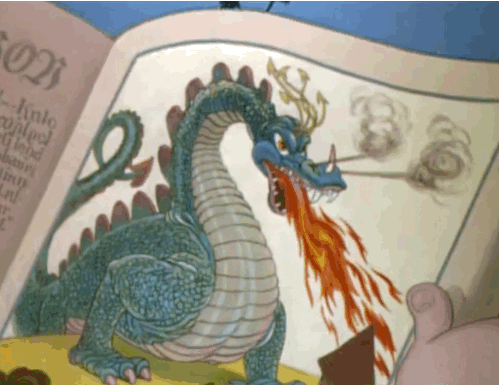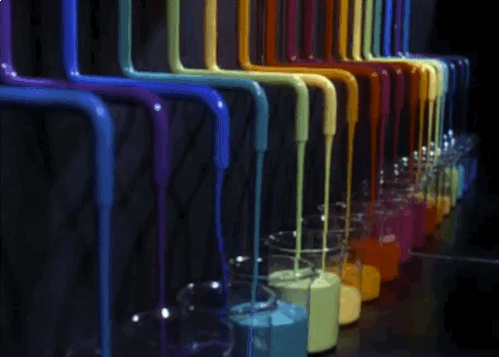animation-appreciation-education: The Reluctant Dragon 15 in x of animated feature film historyRelea
animation-appreciation-education: The Reluctant Dragon 15 in x of animated feature film historyRelease: Jun. 20th, 1941Country: USADirector: Alfred Werker, Hamilton Luske “The Reluctant Dragon is essentially a tour of the then-new Walt Disney Studios facility in Burbank, California. Most of the film is live-action, with four short animated segments inserted into the running time: a black-and-white segment featuring Casey Junior from Dumbo; and three Technicolor cartoons: Baby Weems, Goofy’s How to Ride a Horse, and the extended-length short The Reluctant Dragon, based upon Kenneth Grahame’s book of the same name. The film stars radio comedian Robert Benchley as a man touring through the Disney studios with the intent of sharing a movie idea with Walt, the titular The Reluctant Dragon. After finally finding him, however, he sees that Disney’s already made the film––the story of a shy, fun-loving dragon who agrees to fake a fight with knight Sir Giles. Many Disney staffers such as Ward Kimball,Fred Moore, Norman Ferguson, Clarence Nash, and Walt Disney, all appear in the film as themselves. Most of the ‘animators’ shown in the film were actually actors hired to portray animators. And this film, showing the Disney animation studios as a happy, coherent family, was released at the worst possible moment, when half of the actual animators went out on strike. The strikers frequently picketed theaters showing the film, sometimes holding up a large cardboard sign depicting Walt Disney as a dragon, labeled ‘The Reluctant Disney.’ In the sound effects department, the workers are shown creating sound effects for a piece of film with the train Casey Junior. Casey would pop up in Disney’s next film, Dumbo (1941). Likewise in the art department, the animators are making sketches for “Dumbo”. Some of the maquettes shown are from early versions of Peter Pan (1953) and Lady and the Tramp (1955). Bambi also makes a minor appearance in this film. According to supplemental information on the DVD, this film was rushed into production to help keep the studio solvent. The start of WW2 closed Europe to American movies and this cut off much needed revenue for Disney. When it was released it did save the studio but it was not well received and was heavily criticized by the public who were expecting a full animated feature.“ (see more) (fun facts) -- source link
#reblog







